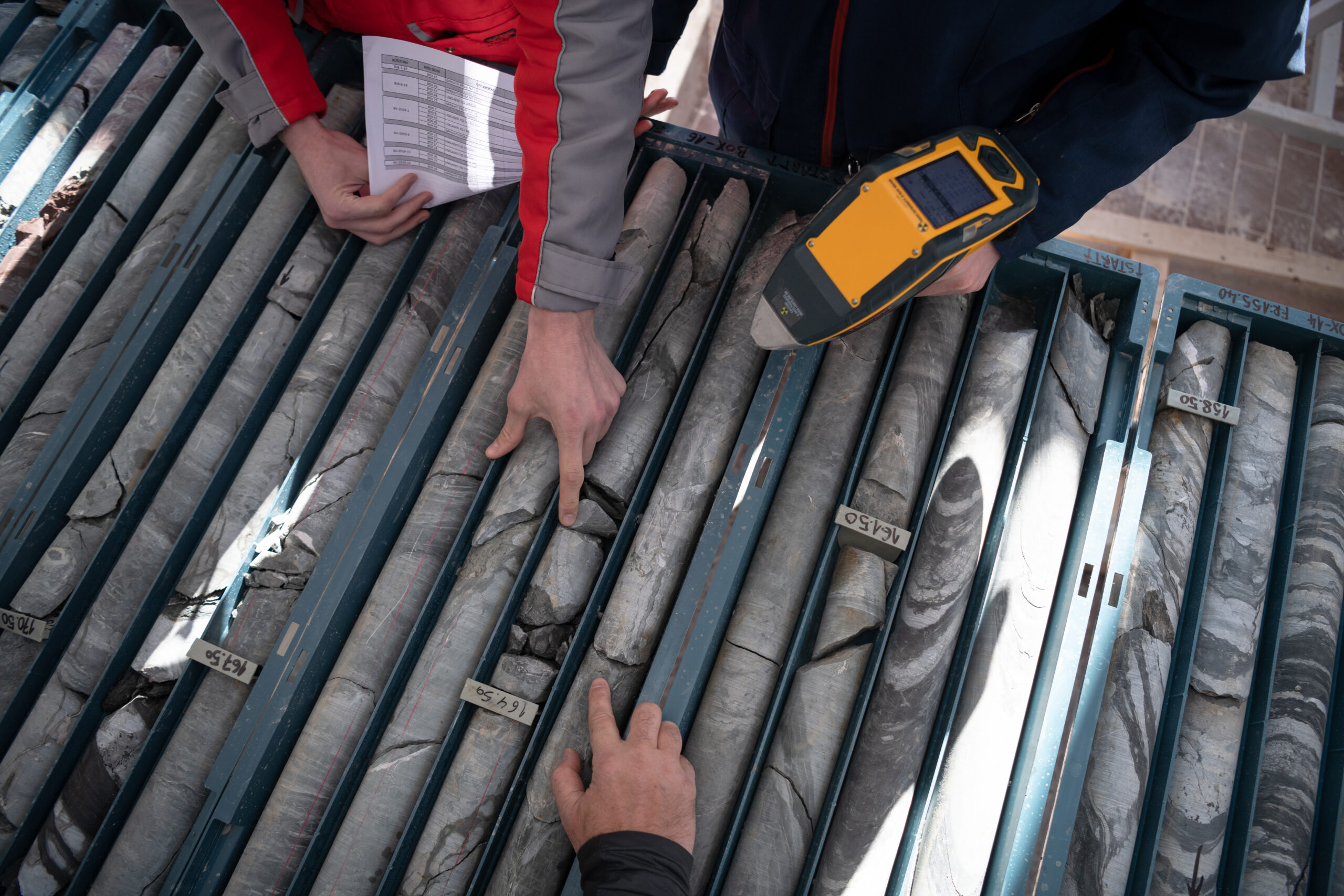Structural Roof Assessment Services
At HIVE Consulting, we provide **Structural Roof Assessments** to evaluate the integrity, safety, and performance of commercial roofing systems. Our expert team conducts thorough inspections of both the roof structure and the roof deck to ensure they meet current standards for load-bearing capacity, safety, and longevity. Whether you are managing an existing roof, planning a retrofit, or addressing damage from environmental factors, our structural assessments provide critical insights for making informed decisions about roof repair, replacement, or upgrades.

Visual Roof Inspection & Documentation
Our process begins with a visual inspection of the roof structure, looking for obvious signs of distress, damage, or deterioration. This step involves a close examination of both the roof deck and underlying structural elements, such as beams, trusses, and purlins.
Roof Deck Condition: We assess the integrity of the roof deck, checking for sagging, cracking, warping, rust, or signs of water damage.
Support Structures: We inspect rafters, trusses, beams, and columns to ensure they are free from defects, such as cracking, bowing, or corrosion. We also check for signs of overloading or improper load distribution.
Membrane & Protective Layer: We evaluate the condition of the roof covering, including roofing membranes (e.g., EPDM, TPO, PVC), flashings, and coatings, to ensure they provide adequate protection against moisture and environmental stress.
Load-Bearing Capacity & Structural Evaluation
One of the most critical aspects of a structural roof assessment is determining the roof’s ability to support the anticipated loads. We assess the roof’s load-bearing capacity, considering both dead loads (the weight of the roofing system itself) and live loads (e.g., snow, wind, equipment).
- Dead Loads: The weight of the roofing materials and any permanent equipment installed on the roof (e.g., HVAC units, satellite dishes) are evaluated to ensure that the structure is properly designed to support these loads.
- Live Loads: We assess the roof’s design to withstand seasonal loads like snow accumulation, ice, and potential wind loads. This may also include considering temporary loads (e.g., maintenance workers or equipment).
Structural Material Integrity & Performance
The materials used in the roof structure are assessed for signs of degradation or failure. This includes:
Wood, Steel, and Concrete Decking: We evaluate wood decking for signs of rot, termites, or delamination. Steel decking is inspected for corrosion, rust, or deterioration, and concrete decking is checked for cracking or signs of structural weakness.
Fasteners & Connections: We inspect the integrity of bolts, rivets, screws, and other fasteners used to hold the roof structure together. Loose or corroded fasteners can compromise the stability of the roof system.
Corrosion & Wear: For metal structures, we assess corrosion risks, particularly in coastal or industrial environments where exposure to moisture and chemicals accelerates wear.
Moisture & Water Intrusion Assessment
Water infiltration can significantly impact the integrity of the roof structure. Our team looks for signs of water damage, leaks, or trapped moisture within the roofing system or the underlying structure.
Water Staining: We check for discoloration or staining on ceilings, walls, and beams, which are indicators of past or current water leakage.
Condensation & Mold: We inspect for signs of mold, mildew, or fungal growth, which could signal moisture buildup within the structure. This is especially important in buildings with vapor barriers or insulation that may trap moisture.
Deck Moisture Testing: In some cases, we use moisture meters or infrared thermography to identify hidden water infiltration or trapped moisture within roof assemblies.
Load Distribution & Structural Deformation
Over time, roofs can develop structural deformations due to shifting, settling, or improper load distribution. We assess the roof for any signs of uneven settling, sagging, or warping that could affect the overall stability of the structure.
Sagging or Bowing: We check the roof deck and structural members for signs of sagging or bowing, which may indicate an overburdened roof or structural failure.
Ponding Water: We identify areas where water may collect or pool, which can add excess weight to the roof and cause long-term damage to the decking and underlying structure.
Roof Penetrations & Equipment Loads
Roofs that support mechanical equipment or have multiple penetrations (e.g., vents, chimneys, skylights, HVAC units) require special attention. We assess the load-bearing capacity of these areas, including the condition of the penetrations themselves.
Structural Support for Equipment: We review the design and placement of rooftop units (HVAC systems, solar panels, etc.) to ensure the roof can handle the additional weight and stress.
Penetration Seals & Flashings: We inspect the seals and flashings around roof penetrations to ensure they are intact and providing adequate protection against water infiltration.
If you need a **structural roof assessment** to evaluate the integrity of your commercial roof or to plan for maintenance, retrofit, or repairs, HIVE is here to provide expert guidance and reliable, data-driven solutions. Contact us today for a thorough assessment of your roof’s condition and structural performance.

